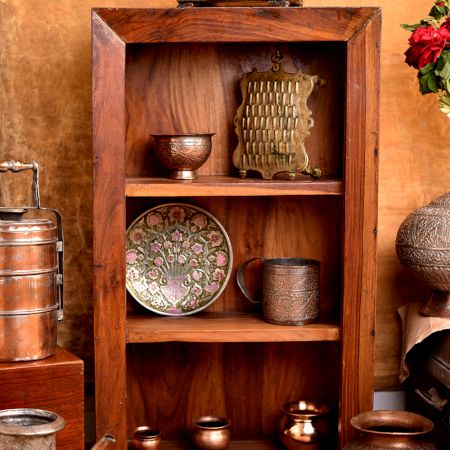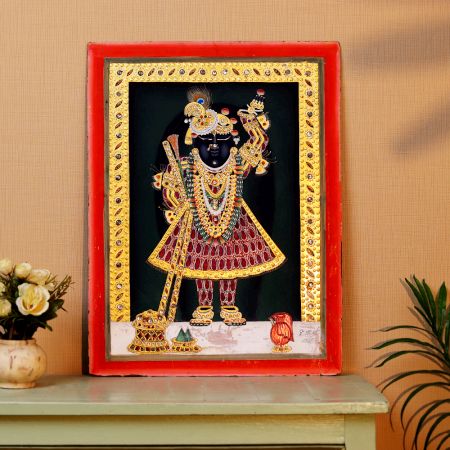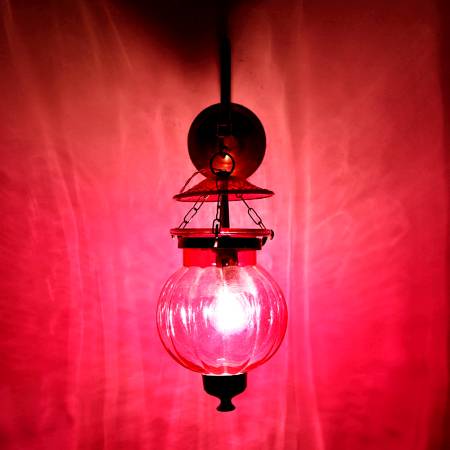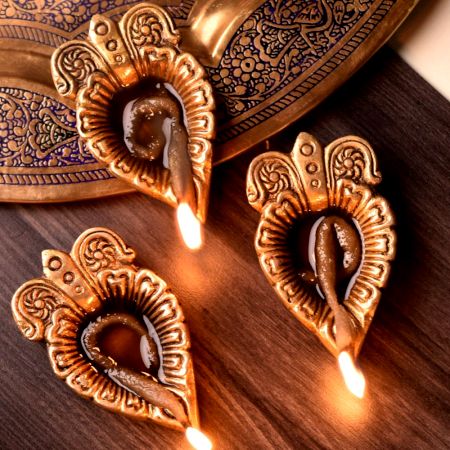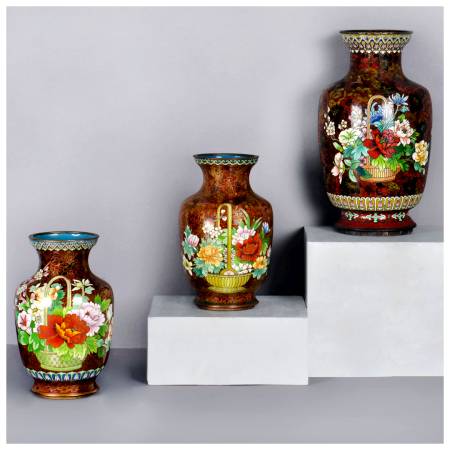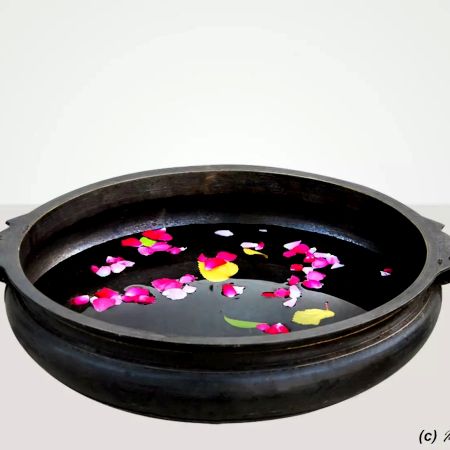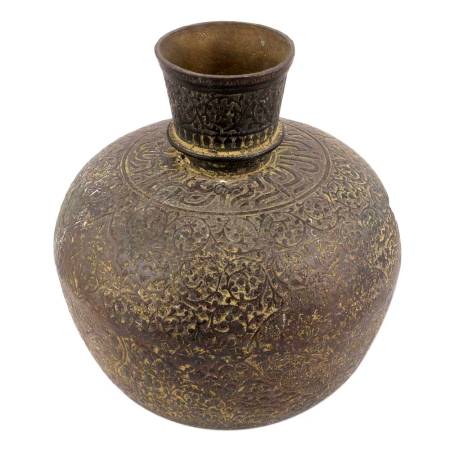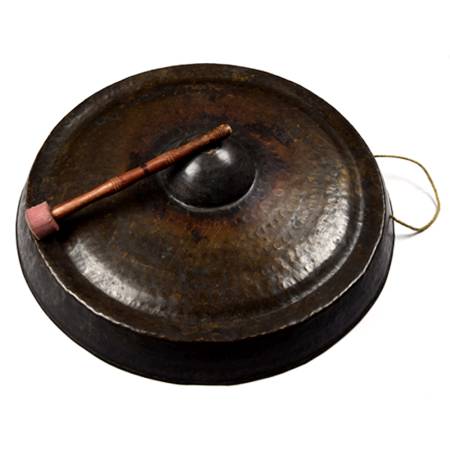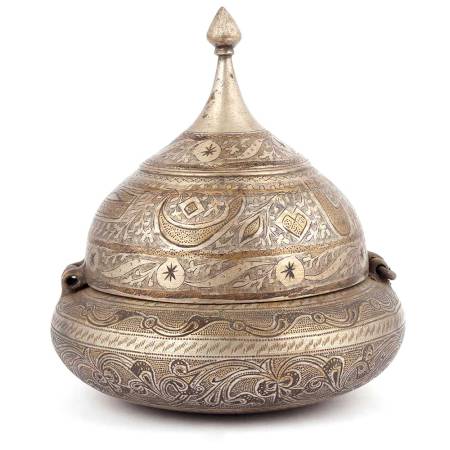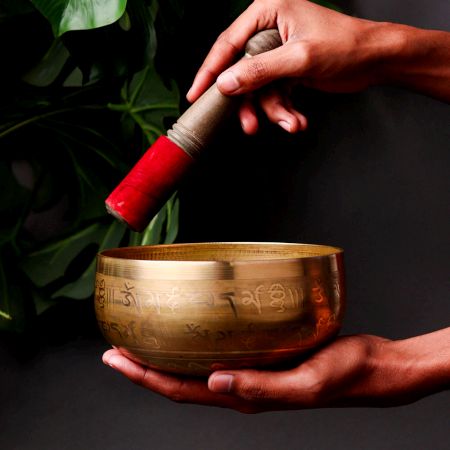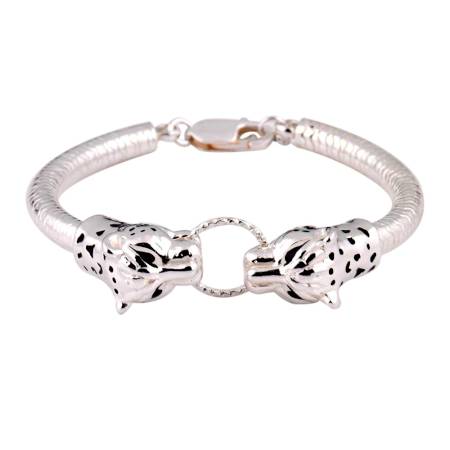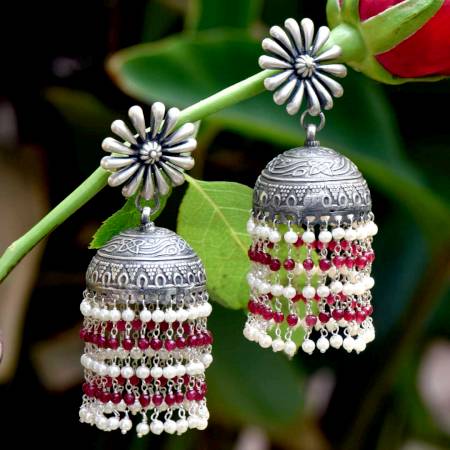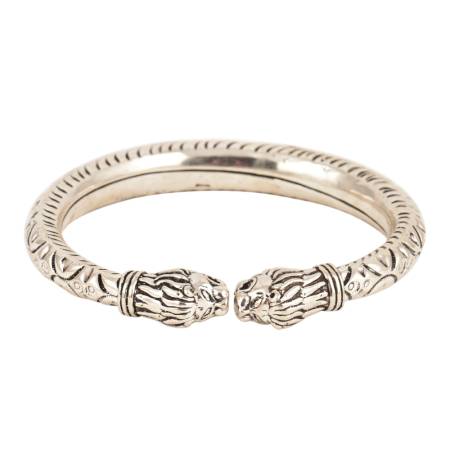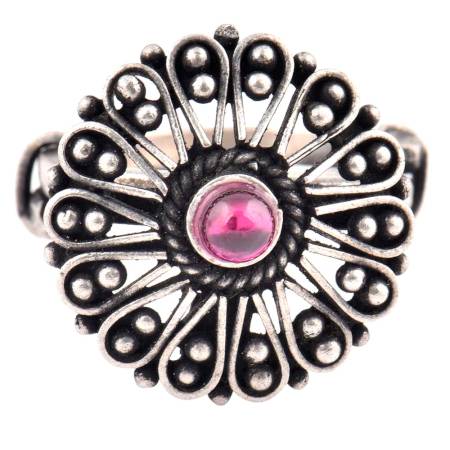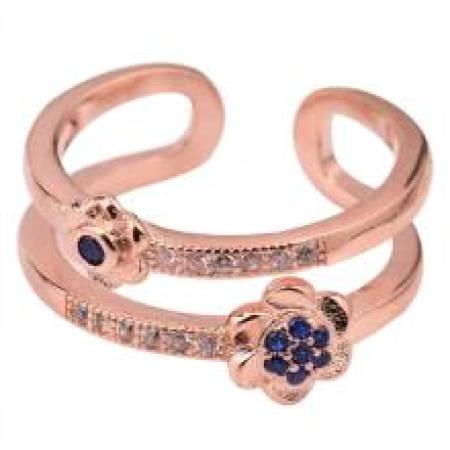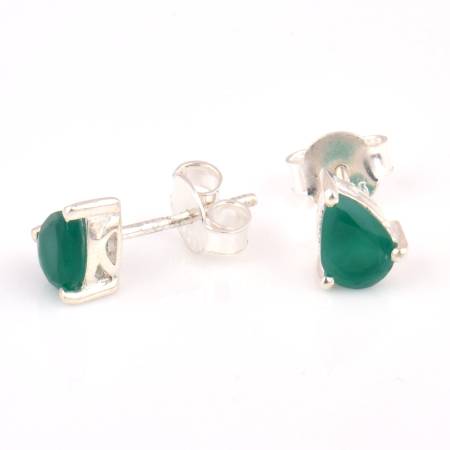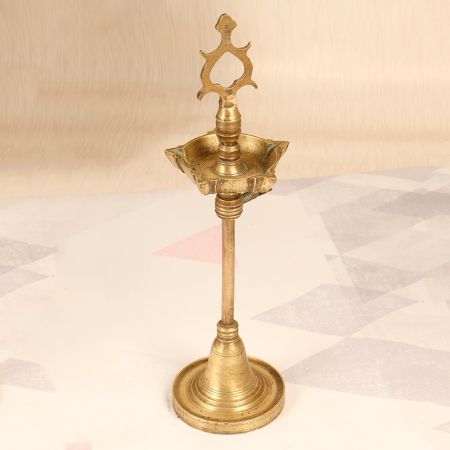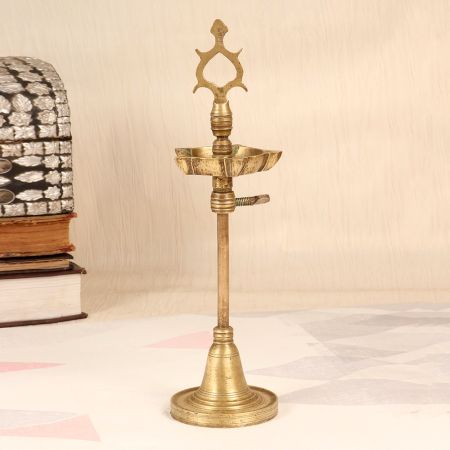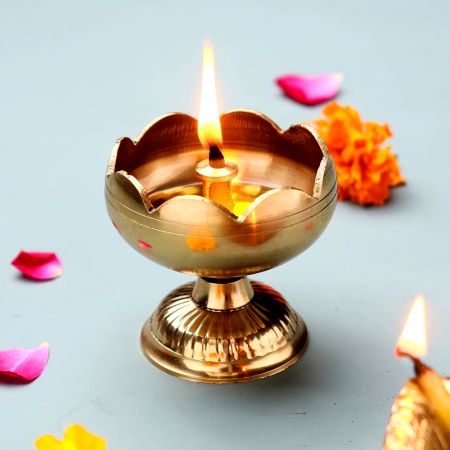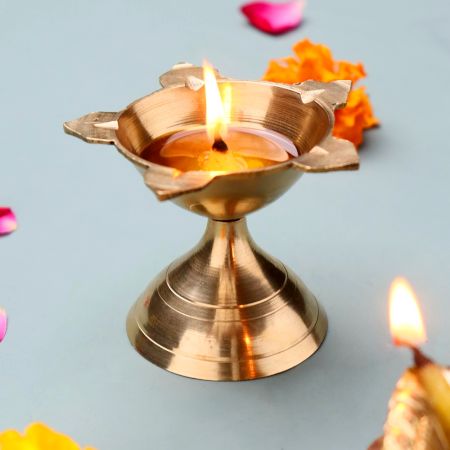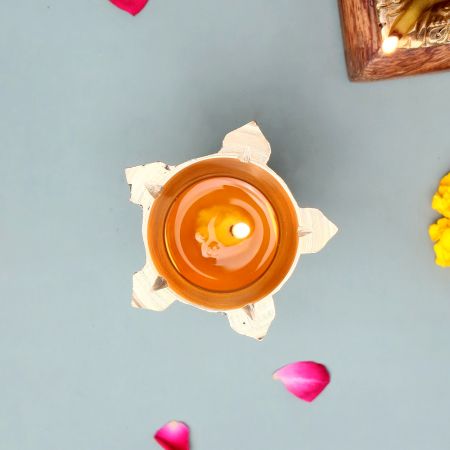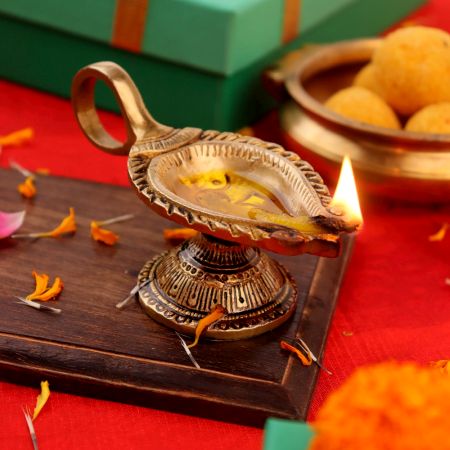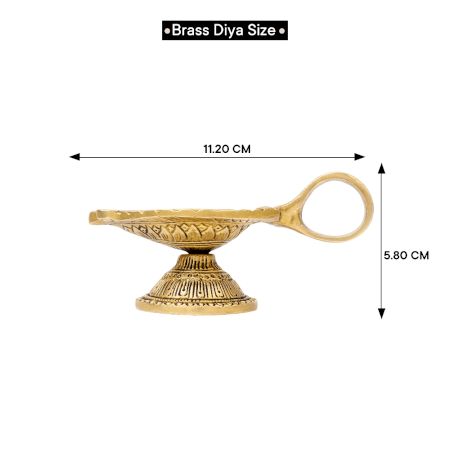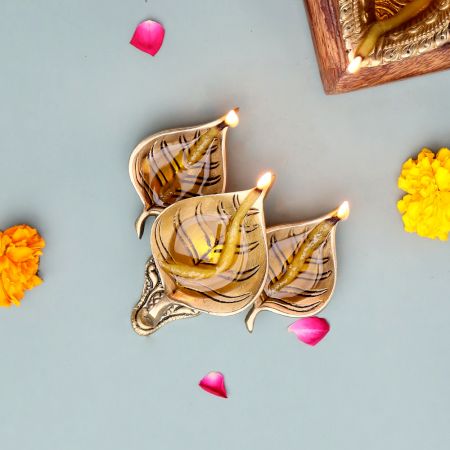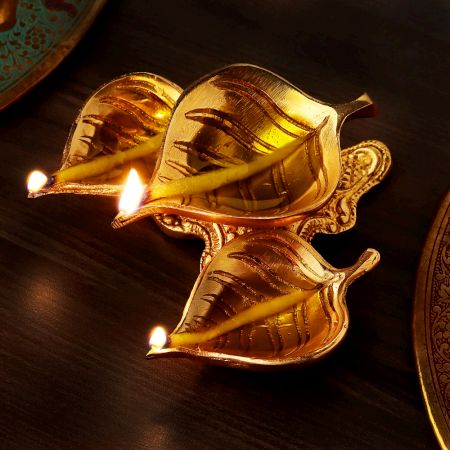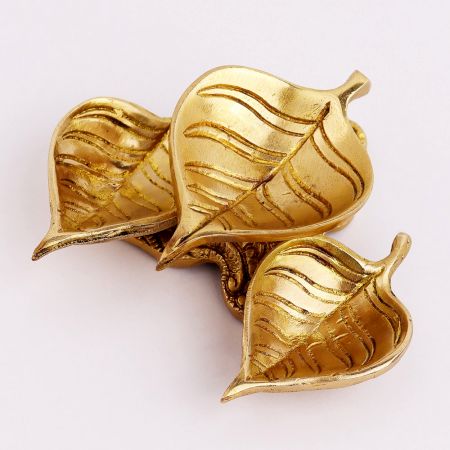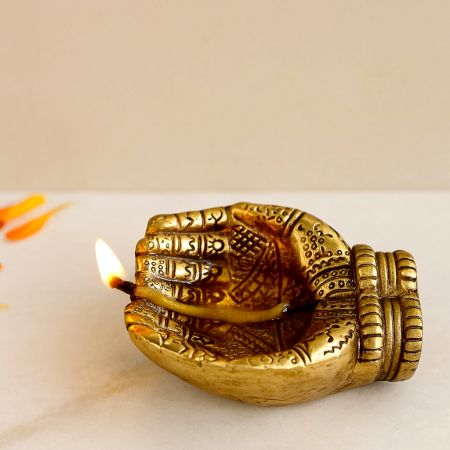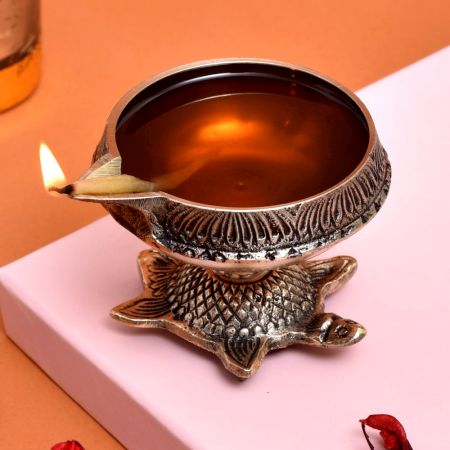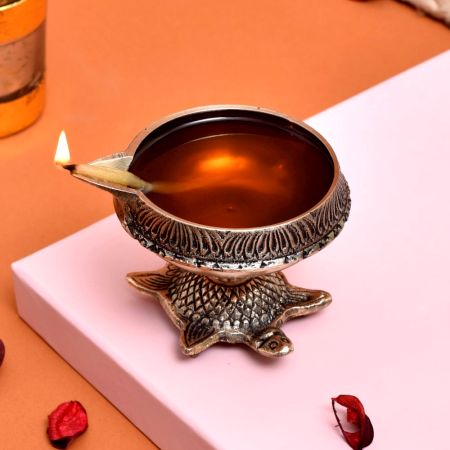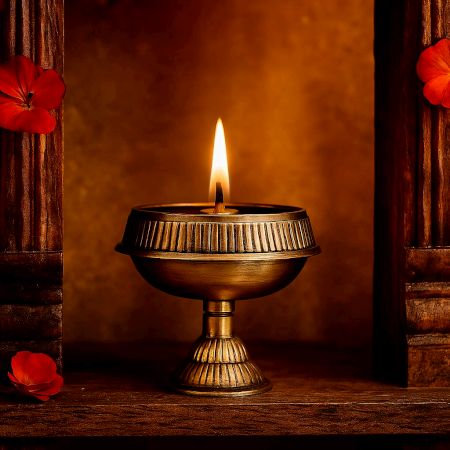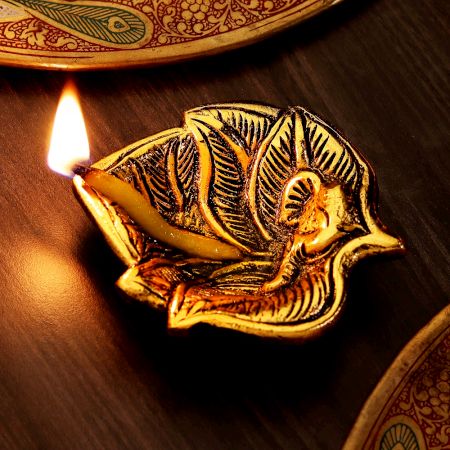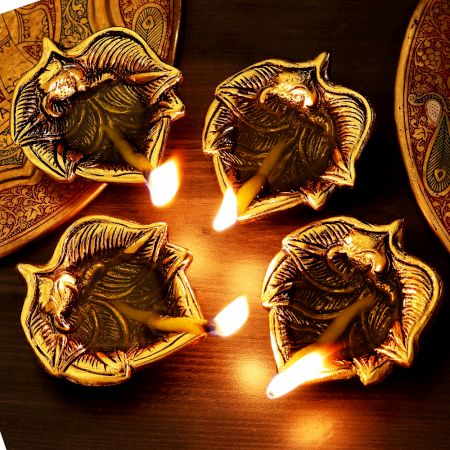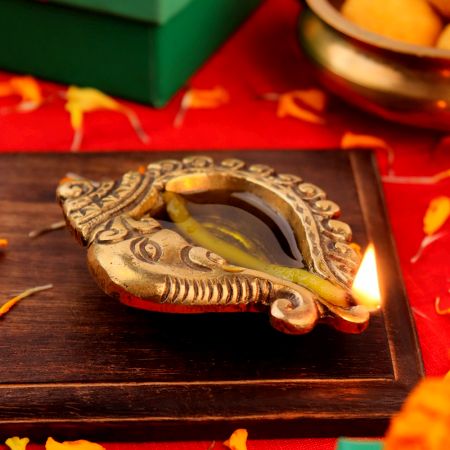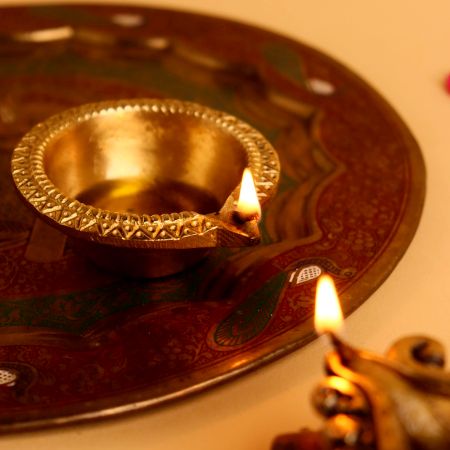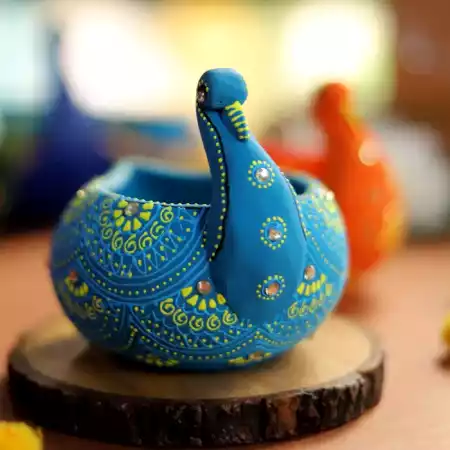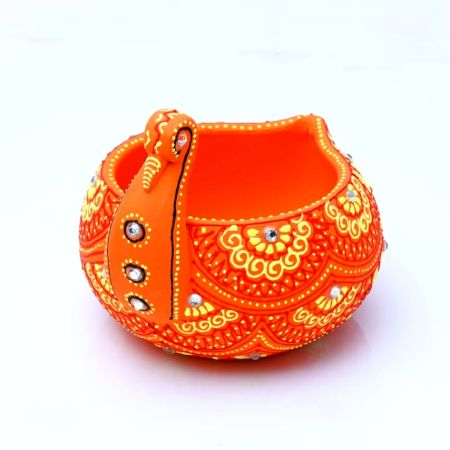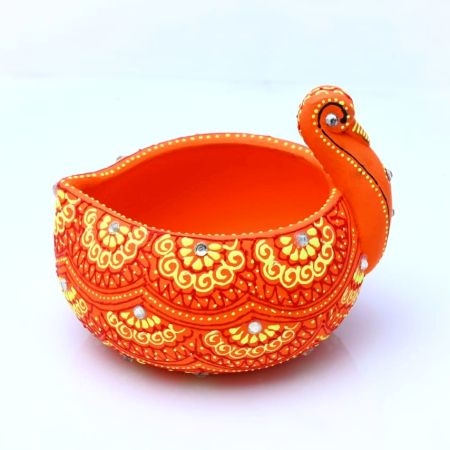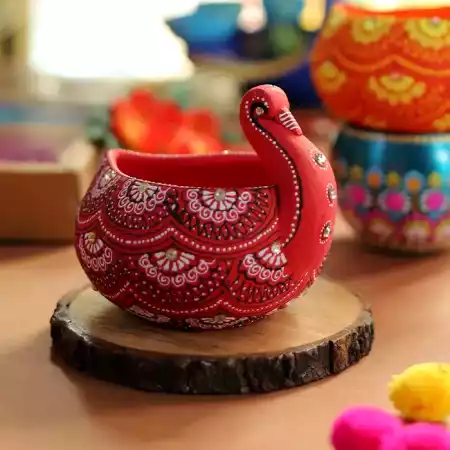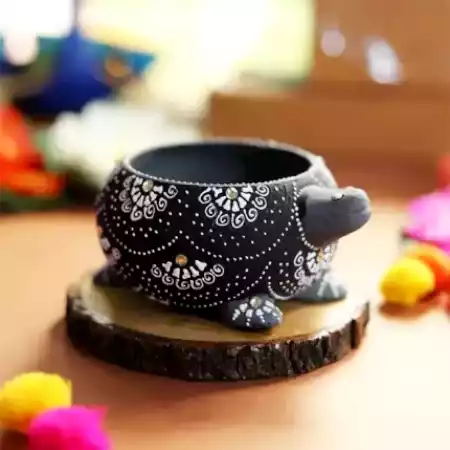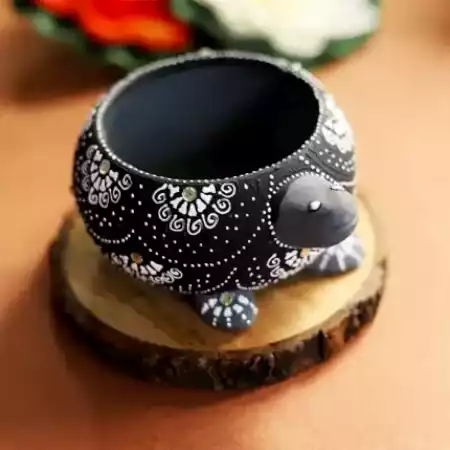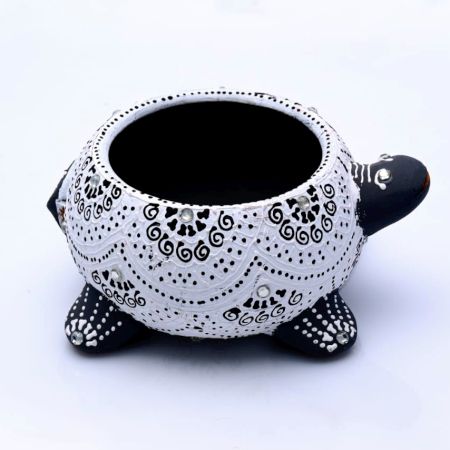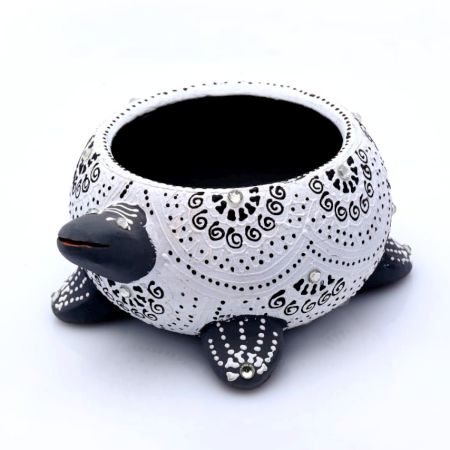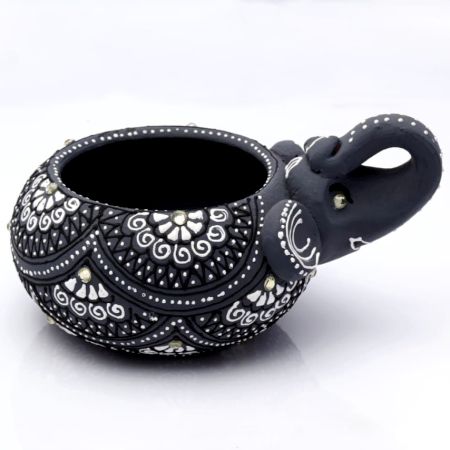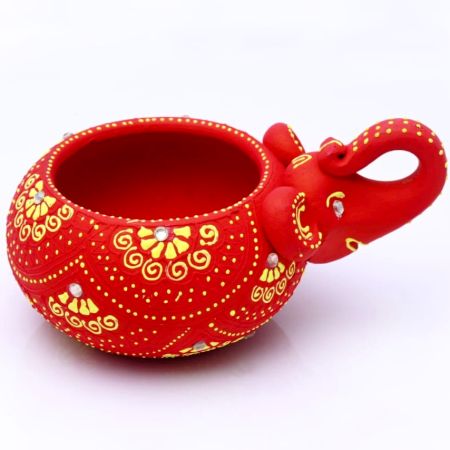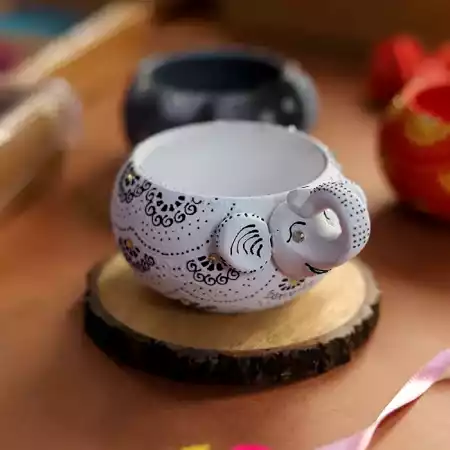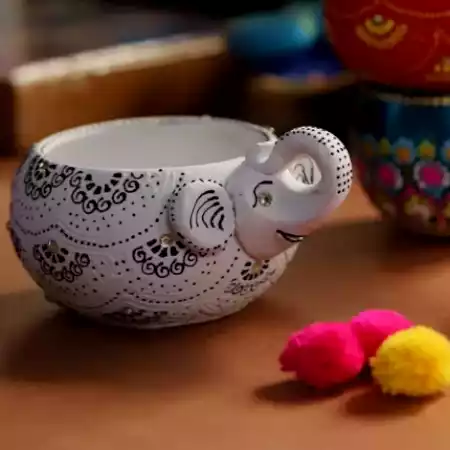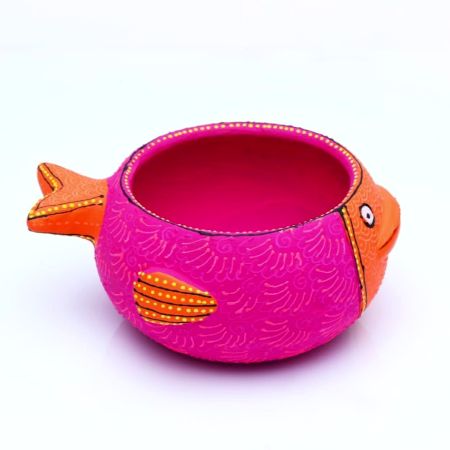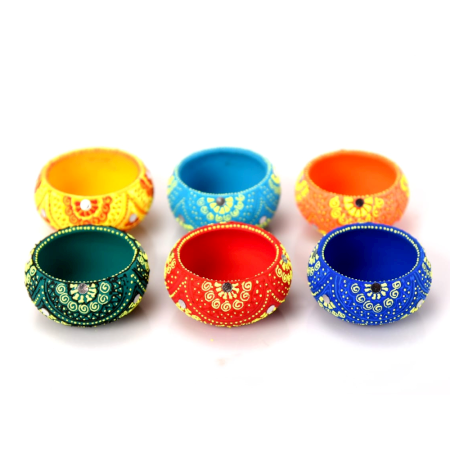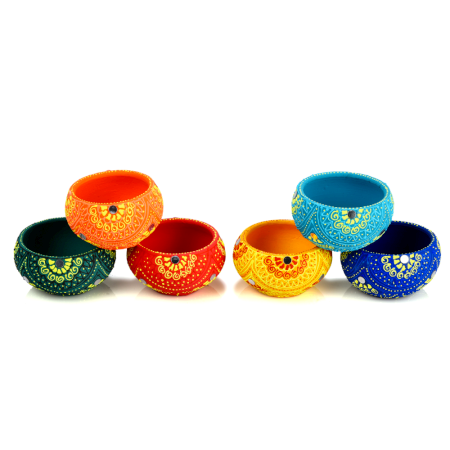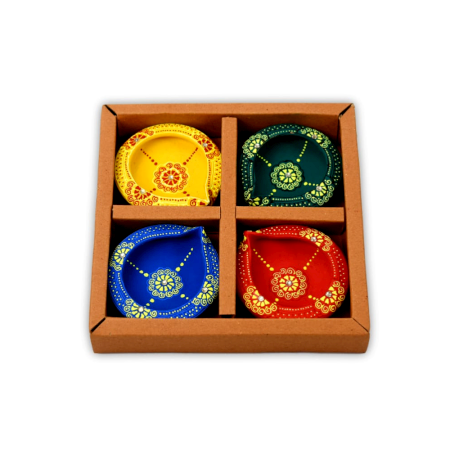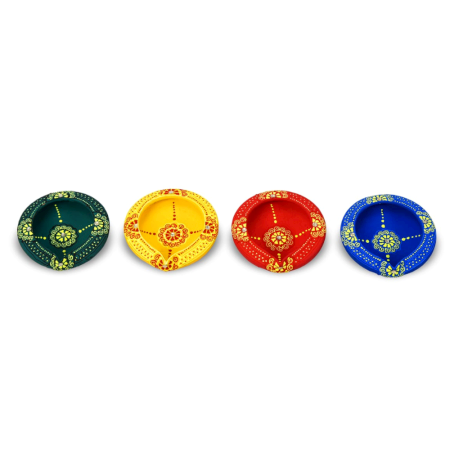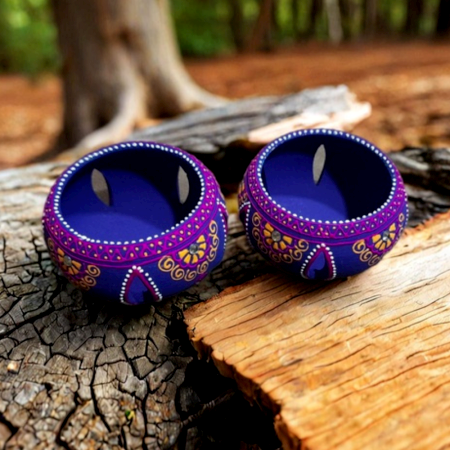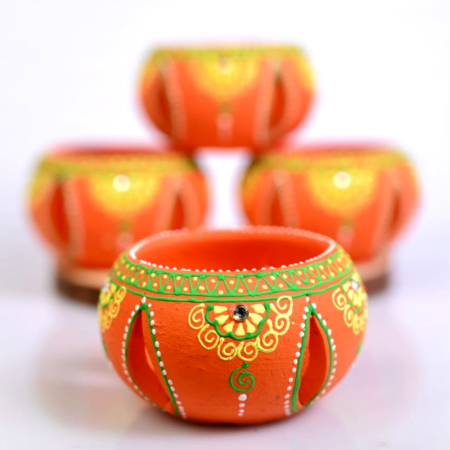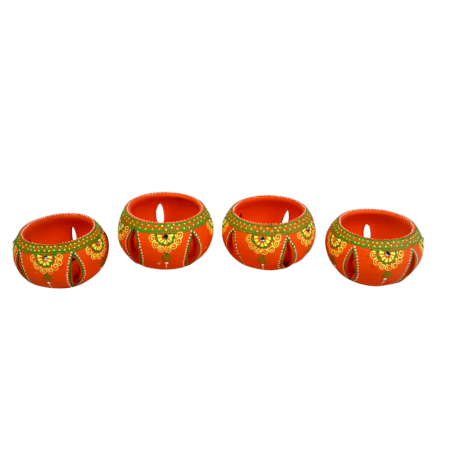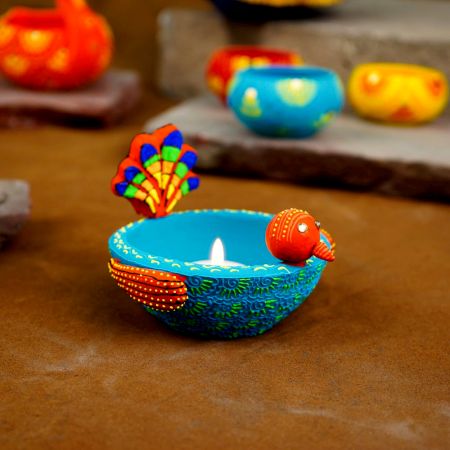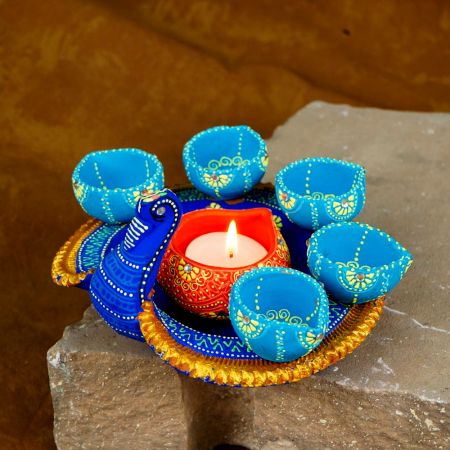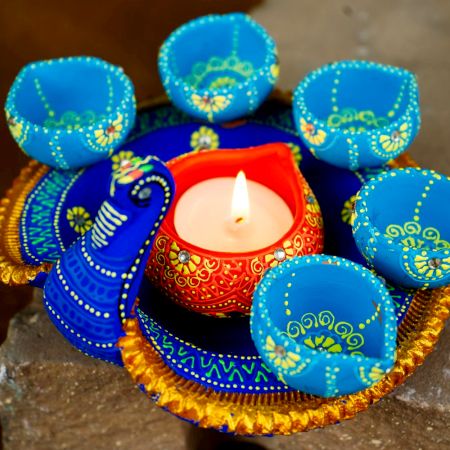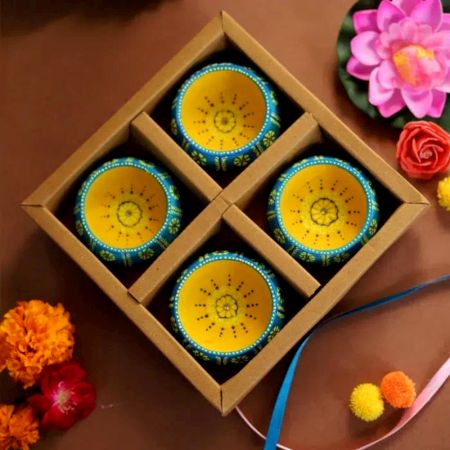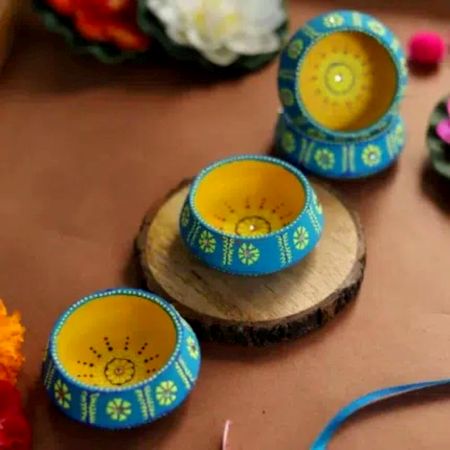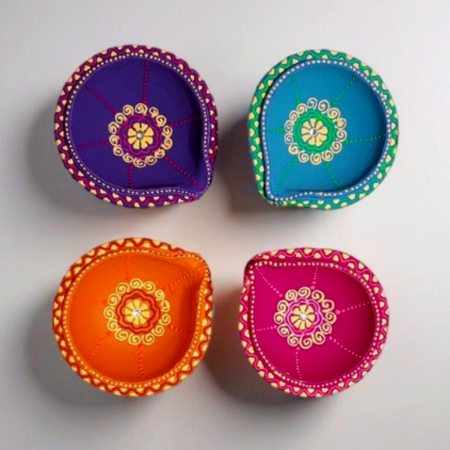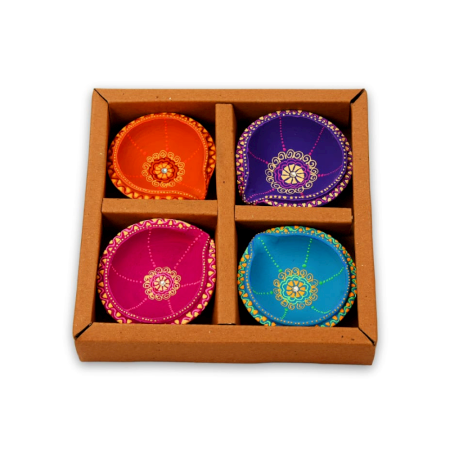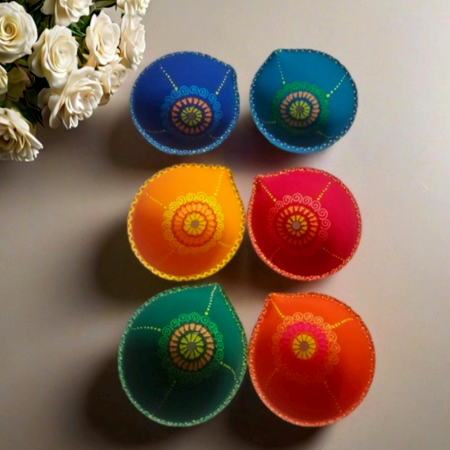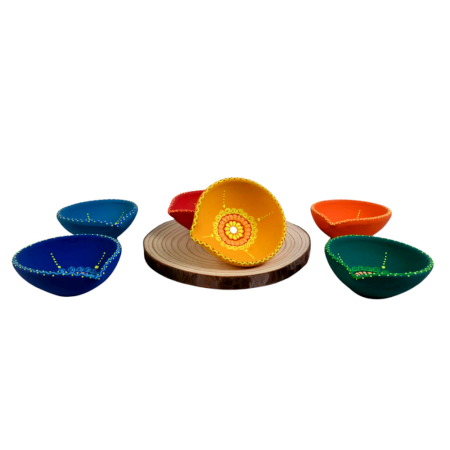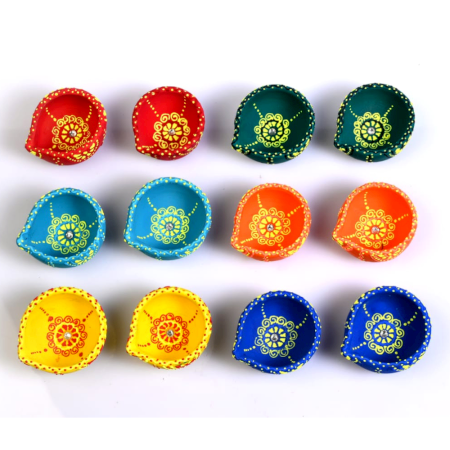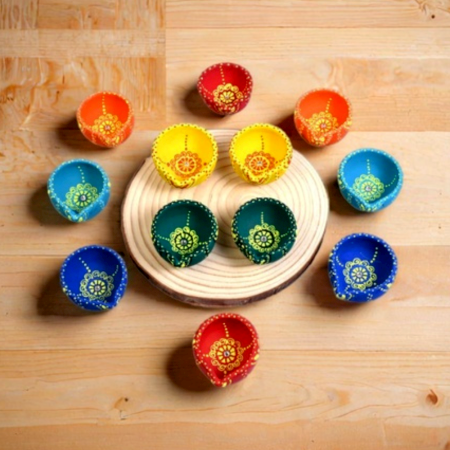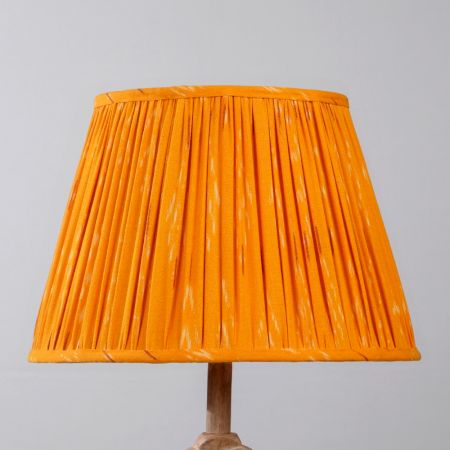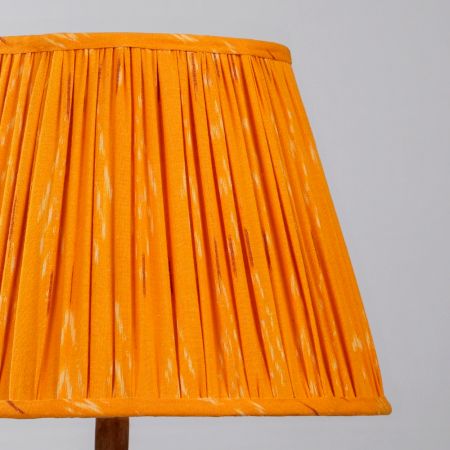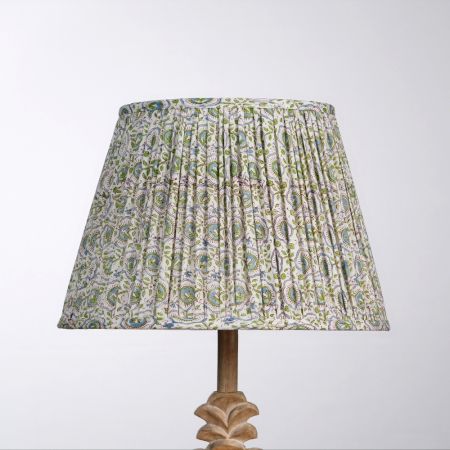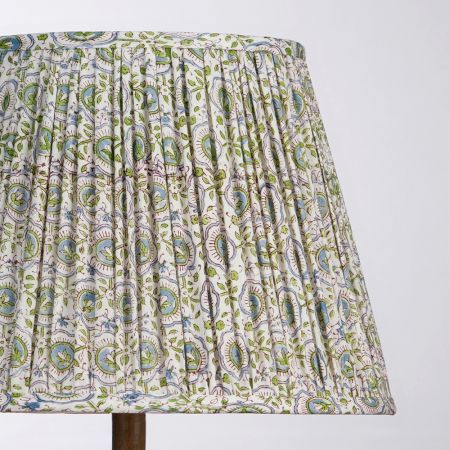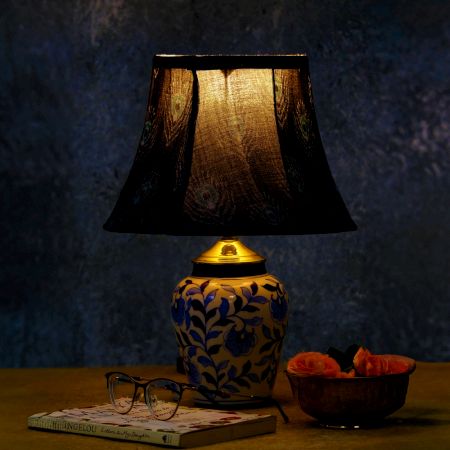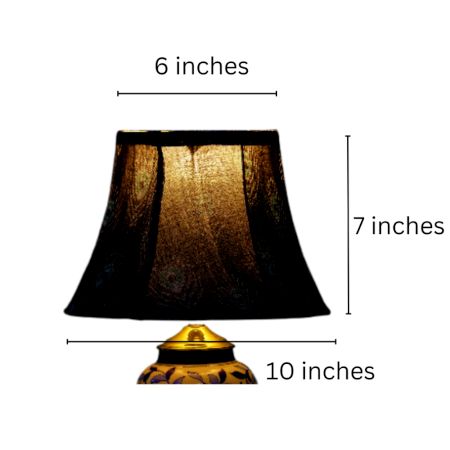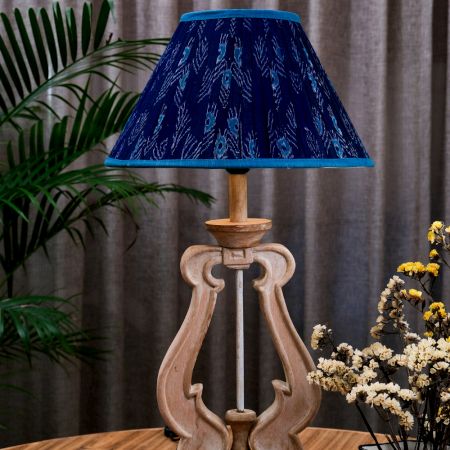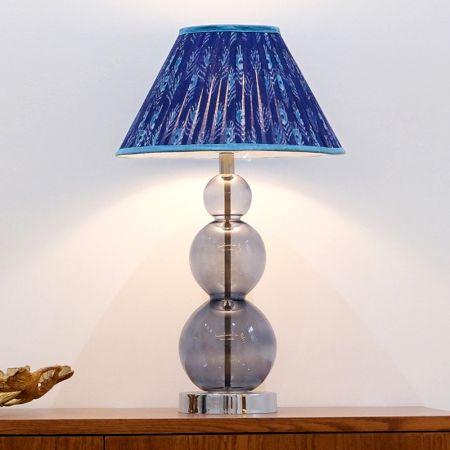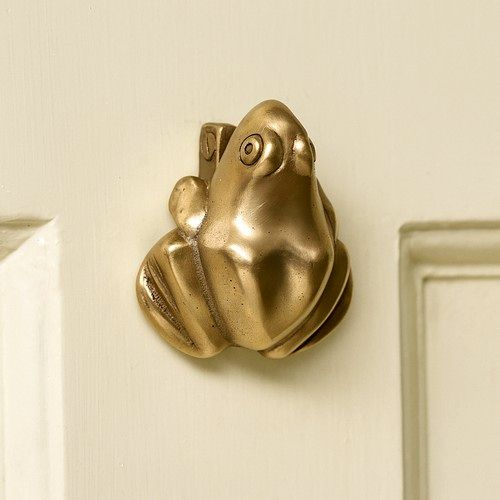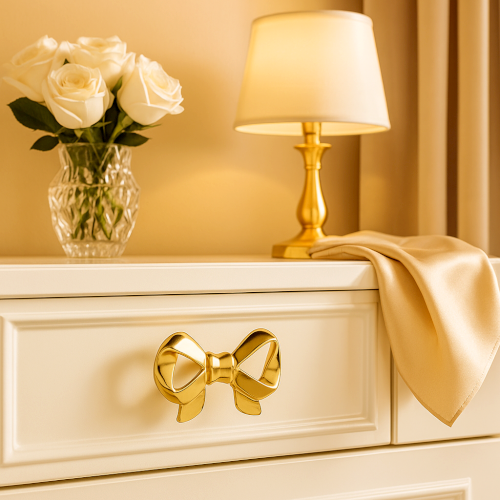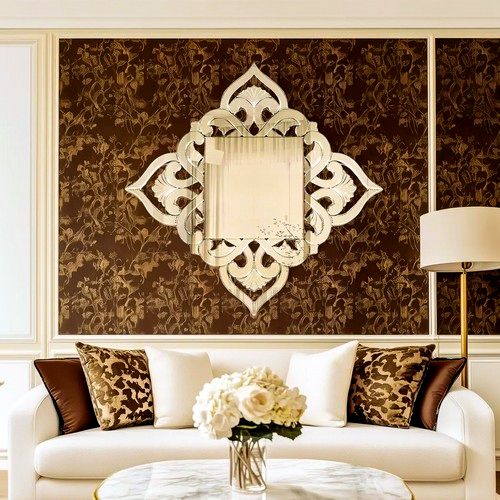Washable Terracotta Modern Swan Diya Tealight T-Light Holder - Blue
- $ 9.00
-
Only a few left
Handmade Washable Terracotta Modern Swan Diya Tealight T-Light Holder - Orange
- $ 9.00
-
Only a few left
Handicraft Washable Terracotta Modern Swan Diya Tealight T-Light Holder - Red
- $ 9.00
-
Only a few left
Handicraft Washable Terracotta Modern Turtle Diya Tealight T-Light Holder - Grey
- $ 9.00
-
Only a few left
Handmade Washable Terracotta Modern Turtle Diya Tealight T-Light Holder - White
- $ 9.00
-
Only a few left
Washable Terracotta Modern Elephant Diya Tealight T-Light Holder - Grey
- $ 9.00
-
Only a few left
Handicraft Washable Terracotta Modern Elephant Diya Tealight T-Light Holder - Red
- $ 9.00
-
Only a few left
Handmade Washable Terracotta Modern Elephant Diya Tealight T-Light Holder - White
- $ 9.00
-
Only a few left
Handmade Washable Terracotta Modern Fish Diya Tealight T-Light Holder - Red
- $ 9.00
-
Only a few left
Washable Terracotta Modern Fish Diya Tealight T-Light Holder - Blue
- $ 9.00
-
Only a few left
Handicraft Washable Terracotta Modern Fish Diya Tealight T-Light Holder - Pink
- $ 9.00
-
Only a few left
Handicraft Terracotta Washable Double Layer Diya for Home Decor Set of 4
- $ 5.75
-
Selling fast
Perfect Vintage Lamps & Jhumar for All Your Home Decor Needs
Lighting is one of the most crucial ways to decorate your home that can be helped to create the perfect decor. Using lamps, fairy lights, Jhumar, ceiling lighting etc., can help to boost our home decor and overcome negative spaces. The right lights will help create a stunning and sophisticated living area that helps bring a crucial finishing touch to our home. Using adequate lighting and control contributes to boosting an atmosphere that naturally enhances our rooms' overall look and ambiance.
Choosing the best bed lamps, Jhumar, Ceiling lights online in India means that we have a perfect home decor element for our needs. Humans have used oil lamps for ages and still find a place in modern homes as electrical appliances. Also, as per Hinduism, using a bronze oil lamp at home for prayers each day is a good idea. They believe that the Diyas holy light chases away the evil spirits from home and brings auspiciousness. Hence, bronze and electrical lamps are commonly used by Indian households. All this makes choosing a lamp online a great gift for our friends and family, especially if we plan to offer a bronze lamp.
Choosing the Best Ceiling Lamps Online in India
There are various types of ceiling lamps online in India that are sold under a wide budget range, and a number of these variables are intended to suit the modern home decor.
Lamps are an integral part of Indian culture and tradition. The traditional lamps are widely regarded as a symbol of purity and form ritualistic worship at both homes and temples. These bed lamps online in India can be designed from clay, brass, bronze, silver, etc. From round to big, narrow or broad, tall to miniatures, these lamps are available in a wide range.
Types of Lamps Available Online for Purchase
- Diwali lamps
One of the most popular variants of traditional lamps is the Diwali lamps or Diwali Diya. These are formed using potters clay and then given a dome shape to hold mustard oil or sesame oil. This diyas can be stacked using a holder. Since lamps give light and remove darkness, these are a symbol of hope. By choosing the traditional bronze oil lamps, you can lift the spirits of your loved ones.
The metal lamps can be traced to their original form as the prayer lamps in ancient Hindu temples. These lamps used brass, bronze, and silver as their base metal and were used as the signs of prosperity and happiness. South Indian households have an array of ceiling lamps. A lamp pillar is used to hold the illuminated lamps (deepasthambham) with special plates at specific intervals to hold both oil and wick. The plates get smaller at the top, and this can be used as a great decor item or as aarti deepa. The lamp is considered to be the symbol of Goddess Laxmi and thus called deepalaxmi. The households in the Northern areas had special niches to add lamps.
- Table lamps
Using the table lamps helps to give a perfect reading light and is an attractive option as a night light. Numerous variants of these offer much more than a monochromatic look.
Thus, if you are an avid reader or wish to add a unique appeal to your spaces, choose the best table lamps for our bedroom. These are easy to use and can be the perfect choice for getting the best illumination.
- Bed lamps
The bed lamps are another variant of the table lamps online in India. Often these are available in a pair to be added to your nightstand. You can place these on either side of the bed, and they can be used to illuminate your bedroom with a soft romantic glow. Another variant of these night lamps is the buffet lamp that has a standing posture. These can be used for home decor needs as well.
- Torchiere
If you are looking for something other than buy table lamps online, you can choose torchiere lamps. These lamps are available in an upright position, and the bulb is placed upward. It is then enclosed from the bottom area.
Portable lamps like Table lamps and Torchiere position the light effectively. These lamps help to fill empty spaces, bring a decorative accent, and add accent lighting. Similarly, rustic styles of these wall lamps for the bedroom can help bring raw appeal to the home. You can also select lamps with the square shape or geometric shapes, ornamentation, vibrant hues, etc.
- Tiffany style lamps
Using tiffany style lamps means that you have beautiful lamps that bring alive forms of flowers, animals, birds, and insects alive with their brilliantly decorated pieces. The product uses stained glass that is soldered using copper foil.
The modern alternatives of these have tall and arching floor lamps that are sculptured pieces of art. You get quirky and fun products with spheres, ceramic designs, and geometric shapes and sizes. Using this with the right decorative elements can help to complement your home and interior decor ideas.
- Ceiling Lamps and Wall Mounts
It is observed that adding the hanging lamps to any space makes the same dreamy and mystical. These dramatic ceiling lights are available as semi-flush mount to full flush variants. These can be used for creating a brighter chandelier and shades for our requirements.
Using the wall lamps made from glass shades helps to cover the bulbs dramatically. It affects the overall outcomes that are emitted from the space. If you need a quiet room, then using scones can be a good idea. The stained or tinted glass can be a good idea to have a diffused light. To make the most, use clear shades to get maximum light.
The wall lamps for the bedroom are available in various shades and decorative accents to ensure that these match up with your existing decor style. It means that you need to coordinate the lighting with an appropriate selection of products in your favorite shades!
- Arc lamps
Arc lamps have a slender body and shape that is considered perfect for providing light in the corners. It features a long arm with a shade that arches over the table or sofa.
One of the prime benefits of this product is that it takes very little space, and thanks to the arc, it offers a functional light and remains the staple product for the area. You can find this style of light in both contemporary and modern Indian homes. Thus, if you are interested in buying table lamps online, you can choose this option to bring a decorative and practical feature.
- Glass Lamps
Glass lamps are fancy light fixtures made of glass. The glass can be used to make the part that covers the light, the bottom part, or for decorations. Glass lamps come in many different styles, colors, and shapes. You can use them in other rooms in your house. They give a fancy and classy look, making any space feel more special.
Glass lamps let the light shine through, making the room bright and lively. They should be taken care of with caution for a durable life. Overall, a glass lamp is a smart choice if you want an aesthetic light that works well.
General Understanding of Decorative Lamps
Lamps are not just objects placed for light. They are reminders of silence, solitude, and presence. A bronze oil lamp flickering near a window, a wall lamp breathing warmth into cold corners, or a ceiling light shaping shadows on the ceiling all do something more than we notice. They hold stories. A room does not glow because a switch is turned on. It glows because a lamp completes its shape. Be it old, new, oil-fed, or wire-driven, the lamp becomes a punctuation in space. It does not just brighten. It listens, anchors, and sometimes even waits for a hand to pass by.
What Is A Decorative Lamp?
A decorative lamp is never loud. It never demands attention. Yet the space it fills begins to feel hollow when it is gone. Whether shaped from brass or carved from stained glass, a lamp becomes the quiet soul of a corner. These lamps do not just glow. They breathe. A bronze oil lamp brings ritual. A table lamp brings intention. A ceiling lamp brings presence. Each piece speaks beyond its function. It defines the energy of the room. It sets the pace. It welcomes pause. The lamp carries more than design. It carries mood. It does not shout. It speaks in warm undertones and long silences.
What Makes Decorative Lamps So Appealing Today?
There is something human about lamps. They light up. They grow old. They require care. They hold memory. In homes full of glass, gadgets, and predictable furniture, a bronze oil lamp or a colored glass table lamp adds intimacy. The appeal of decorative lamps does not come from trend. It comes from the quiet way they ground a space. They soften sharpness. They pull light gently into corners. They make silence feel inhabited. A ceiling lamp with thoughtful symmetry or a table lamp with a fabric shade can change how a room feels without shifting a single wall. That is their gift.
Materials, Craftsmanship and Design Significance
A lamp is not only about light. It is also about what holds the light. A bronze frame. A glass dome. A wooden base. Materials define the lamp’s tone. Craftsmanship shapes its intention. A bronze oil lamp tells you it was made slowly. A glass oil lamp with colored tint reveals the care of a steady hand. These materials do not just age well. They age honestly. Every line, joint, and finish holds presence. In a world of replication, these lamps carry individuality. They do not shout originality. They stay still and let the room gather around them.
What Are The Common Materials Used In Decorative Lamps?
The material of a lamp defines how it behaves in a room. Bronze brings strength and subtle antiquity. It looks steady. It feels grounded. Glass brings softness. It scatters light like memory scatters feeling. Ceramic or porcelain lamps carry delicacy. They look poetic. Wood brings balance. It offers calm. Iron and brass speak of intention and weight. Every material leaves behind a trail of emotion. A bronze oil lamp may remind one of a temple or a grandmother’s room. A glass lamp may remind one of light filtered through water. Materials do not just serve design. They offer emotional texture.
What Styles Define These Lamps?
Style is not always visual. It is emotional. A ceiling lamp with structured symmetry brings clarity. A glass oil lamp with colored detailing brings softness. A table lamp with ceramic curves may whisper comfort while a wall lamp with a narrow arm may invite focus. Bronze oil lamps often hold a stillness that does not fade. They look back while standing still. Some lamps carry nostalgia. Others feel like future memory. The style of a lamp is not only about the time it was made. It is about how it chooses to exist in a space. Boldly. Softly. Patiently.
Lighting Effects and Visual Storytelling
Without light, a room remains only a room. But with the right lamp, a room becomes a feeling. A bronze oil lamp glows like a quiet fire. A glass lamp spreads gentle emotion across walls. A table lamp defines the pace of an evening. A wall lamp adds rhythm to the silence of a hallway. A ceiling lamp holds the air above a conversation. Lamps do more than light up spaces. They shape how time moves. They shift the atmosphere. They invite the viewer into something still. Something held. They do not just help us see. They help us sense.
How Do These Lamps Affect The Mood Of A Room?
Mood is formed not by furniture or color but by how light enters and exits a space. A bronze oil lamp does not spread light across the room. It holds it close. A glass oil lamp casts soft shadows that make the room feel lived in. Table lamps pull attention inward. They tell you where to sit. Where to slow down. Wall lamps stretch the evening out. Ceiling lamps gather people below them. They draw circles of connection. Every lamp carries a specific mood. The temperature of the light. The direction of its fall. These choices become emotional cues.
Why Are Lamps Considered More Than Just Functional Objects?
Because a lamp holds presence. When placed beside a bed, it becomes witness to sleep, thought, and late-night pauses. When resting near a window, it becomes part of the evening ritual. A bronze oil lamp may not even be lit every day, yet it gives the space a sense of grounding. A lamp that has shared years of quiet in a home often knows more than we do. It has heard conversations. It has watched moments. It does not interrupt. It illuminates gently. That is why lamps are more than fixtures. They are part of the story of a space.
Decor Styling & Home Integration
Lamps are not just objects. They are punctuation marks in a room’s story. A bronze oil lamp sitting quietly in a corner carries centuries of stillness. A colored glass lamp interrupts beige monotony with a whisper of rebellion. Ceiling lamps draw the eye upward, redefining space as emotion. Wall lamps speak softly, like accents in speech. They layer light in pauses. Placement is a matter of feeling more than logic. The hallway, the bedside, the altar, the writing desk. Each space breathes differently with light. Lamps do not just illuminate. They anchor the room’s memory. One does not place a lamp. One situates a sentiment.
How Can You Incorporate Lamps In Modern Interiors?
Modern interiors invite space for stillness. A bronze oil lamp beside a steel-framed chair holds presence. A glass oil lamp on a concrete shelf glows with intention. Ceiling lamps with abstract geometry frame movement. Wall-mounted lamps tucked into hallways offer intimacy into functional paths. In still rooms, lamps provide quiet light. It is not about fitting them in. It is about letting them exist in their own rhythm. Choose placement like choosing pauses in a poem. Not to fill space. To shape breath and attention.
What Interior Styles Work Best With These Lamps?
These lamps live in rhythm. They rest among books, incense, and layered fabrics. Classical rooms hold their symmetry. Transitional interiors carry them like a quiet passage. In raw spaces, a glass oil lamp softens weight. One ornate piece can hold a room. These lamps do not ask to blend. They ask to be felt. The best interior is the one that listens. Letting fire settle into light.
Where Should You Place Lamps In Your Home?
A table lamp belongs beside something meaningful. A photo frame, a diary, a plant reaching for morning. Wall lamps fall where shadows would otherwise stay. Think of placement by presence. A bronze oil lamp on a hallway console offers stillness. Glass lamps near corners invite pause. Ceiling lamps rest over entryways and conversations. Oil lamps bring focus to a desk, an altar, a quiet table. A lamp’s place is the space you want to feel and return to.
Care, Preservation & Maintenance
Lamps age like people. They gather dust. They dull at the edges. They grow more textured with time. Cleaning becomes conversation. A soft cloth on bronze. A gentle wipe over glass. Rewiring when their pulse falters. Replacing parts with care. Their beauty lives in the marks they carry. Their glow is not the bulb. It is the soul of the fixture. Maintenance becomes reverence. A rhythm of observation and attention. You do not preserve a lamp. You protect its ability to feel lived in.
How Do You Maintain The Beauty Of These Lamps?
Maintenance is touch. Dusting becomes practice. Use soft cloths. Avoid wet cleaners on bronze and glass. Do not aim for shine. Let them breathe. Rewire fixtures with care. Use bulbs that respect the fixture. Oil lamps must be emptied and cleaned. Replace wicks. Avoid harsh chemicals. Beauty is not surface. It is wear that settles into form. A lamp glows as gently as the hands that maintain it.
Can Lamps Be Restored Without Losing Their Original Charm?
Restoration is memory. If the bronze has darkened, polish lightly. Do not erase age. Glass shades may crack. Let them remain. Wiring can be updated. Keep the shape intact. Oil lamps may need new holders. Do not force change. Let imperfections remain. They are the story. Restoration is not about looking new. It is about continuing the life within. Let the light return without forgetting where it has been.
Collecting, Investing & Authenticating Lamps
Some lamps are beautiful. Others carry presence. Presence is worth collecting. Value is not price. It is story. Metal welded with memory. Glass that holds history. Ceiling silhouettes that carry stillness. A well-made wall lamp does not just shine. It waits. Hand-cut glass flickers with intimacy. Bronze feels cold. Then it warms. These lamps stay. They hold the room. To collect them is to keep light that has passed through time.
What Makes A Decorative Lamp Valuable?
Value lives in presence. A lamp made from bronze holds intention. Glass that catches light speaks differently. Artisan work shows in every line. A ceiling lamp with unique shape speaks in silence. A wall lamp with etching carries attention. Labels add recognition. But presence is the real worth. If a lamp makes you pause, it holds value. When light becomes a moment, it becomes something to keep.
How Can You Tell If A Lamp Is Well-Crafted?
Look at its stillness. How it stands. How it rests. Check the weight. Look at the surface. Is it smooth. Is it quiet. Hand-blown glass will show tiny flaws. Bronze will carry texture. Wiring should feel steady. A good lamp does not speak loudly. It settles. It feels complete before it turns on. Craft is not in decoration. It is in balance. In intention. In how the object waits to be noticed.
Cultural & Historical Relevance of Lamps
Lamps are quiet witnesses. They have lit prayers, letters, lullabies. Oil lamps flickered in silence while the world outside changed. Wall lamps framed corridors. Ceiling lamps held light in the center. These are not just objects. They are timekeepers. Each form reveals what people once needed. To see, to think, to feel safe. Shapes speak of what mattered. Handles, mounts, chimneys, and curves. Lamps do not decorate. They remember.
How Have Lamps Evolved Through Time?
The source changed. The soul remained. Flame became filament. Then became switch. Bronze oil lamps gave way to glass. Wall holders became sconces. Table bases changed. Ceiling lights found different heights. Each change showed how homes changed. But the reason stayed. To light a space when day ends. To return from noise into stillness. Whether by wick or wire. A lamp is still the same. A keeper of the evening.
Which Cultures Or Eras Influenced Lamp Design The Most?
The Middle East shaped bronze forms. Europe brought glass. India gave spiritual detail. Japan gave restraint. Each region shaped the way lamps looked. Each added something. Design was not trend. It was belief. Lamps were placed where gods were remembered. Where families gathered. Where writing happened. The lamp is culture. The lamp is habit. The lamp is presence made visible.
Emotional & Symbolic Value
Decorative lamps anchor a space with emotional intent. The gentle glow of a bronze oil lamp or the steady radiance of a glass table lamp creates an atmosphere of calm and memory. Their light settles into corners and nooks, becoming part of daily rituals. A lamp placed beside a window or in a hallway becomes a quiet observer. The tactile materials, from cast metal to textured glass, evoke a sense of presence. Their role in shaping the emotional temperature of a room is quiet yet constant. Decorative lamps become part of the story of the space they inhabit.
Why Do Decorative Lamps Evoke Strong Emotional Responses?
Decorative lamps shape the emotional tone of interiors through light, material, and placement. A table lamp beside a bed casts a warm glow that marks the transition from activity to rest. An oil lamp placed near an entrance brings a soft invitation into the home. Wall-mounted lamps soften the architecture of a hallway, adding rhythm and texture to vertical space. The materials used in these lamps—bronze, frosted glass, hand-forged metal—carry warmth through their visual weight and finish. Light transforms these surfaces, creating shadows that suggest movement. The emotional response they elicit comes from repetition, memory, and physical closeness. Lamps often remain in fixed locations, becoming constants in daily movement. Over time, they associate with habit, reflection, and specific moods. A decorative lamp speaks softly but remains present, becoming a gentle participant in a room’s emotional structure.
Can Lamps Serve As Meaningful Gifts?
Decorative lamps serve as considered and lasting gifts. A handcrafted wall lamp for a housewarming adds presence and light to a new space. A glass oil lamp gifted during a festive gathering carries tradition and intention. Table lamps given on personal occasions become part of workspaces, studies, or reading corners. These objects hold both function and expression. When chosen thoughtfully, a lamp reflects the lifestyle and aesthetic of the recipient. Materials, scale, and finish are selected to align with architectural and personal styles. A gifted lamp becomes part of the recipient’s environment. It carries the giver’s memory forward through light and placement. Decorative lamps are practical yet reflective of emotion, space, and relationship. They remain in daily use while symbolizing thoughtful gesture and shared understanding.
Frequently Asked Questions (FAQs)
What Defines A Lamp As Decorative Or Collectible?
A lamp is defined as decorative or collectible through its design intention, craftsmanship, and material choices. A decorative lamp balances function with form. It provides light while enhancing the aesthetic of a room. Collectible lamps carry uniqueness, design significance, or historical context. Markers of collectibility include signature design elements, rare materials, or connections to specific artistic movements. A bronze oil lamp with engraved detailing, a stained-glass table lamp shaped by traditional methods, or a ceiling lamp with artisan-forged arms may qualify as collectible. The line between decorative and collectible rests in refinement, integrity of design, and resonance with interior architecture.
Are Oil Lamps Still Practical Today?
Oil lamps remain practical in environments that value mood, tradition, and unplugged living. A bronze oil lamp placed in a prayer area brings ambient focus through steady light. In garden patios or quiet corners of living rooms, glass oil lamps offer soft illumination without distraction. Their construction invites interaction through the filling of oil and the lighting of the wick. In interior settings where silence and slowness are essential, oil lamps contribute to the mood. They function reliably during outages and also enhance areas where electric lighting might be too sharp. Their design remains timeless and structurally simple. Oil lamps work best in places that ask for warmth and intentional presence.
Can Modern Interiors Benefit From Traditional Lamps?
Modern interiors benefit from the presence of traditional lamps through their textural and sculptural qualities. A bronze oil lamp introduces weight and material richness to a contemporary layout. A ceiling lamp with hand-spun components becomes a visual anchor. Table lamps with curved silhouettes introduce softness to linear spaces. Wall lamps inspired by classical design introduce rhythm to architectural lines. These lamps bring craftsmanship into minimal or neutral interiors. They create points of warmth, visual detail, and emotional tone. Their materials often contrast with smooth surfaces, adding layered presence. Traditional lamps support intentional styling and curated spatial narratives.
Can Decorative Lamps Be Customized?
Decorative lamps can be customized through shades, bases, materials, or finishes to suit specific interiors. A table lamp can be adjusted in height or width to suit proportion. A wall lamp may be created with custom patina to match adjacent textures. Glass oil lamps can be tinted in specific hues to align with seasonal palettes or décor themes. Customization can include bulb type, arm extensions, or mounting methods. It allows designers and homeowners to integrate lamps into spaces with visual continuity. The structural integrity of the lamp remains, while the exterior details are tailored to the interior story. Custom lamps merge functional needs with stylistic precision.
Lamps come in various shapes and sizes and can be ideal for floors and tables. Their arms can be adjusted to suit your needs. It means that the arm can be configured to suit your needs, and if you need close-up lighting to complete the project, you can maneuver the same so that it illuminates the right spot. It makes it quite a versatile investment and allows better control over the target light.
While table lamps are ideal for decorating, desk lamps can be reserved for creating a smart and effective workspace. A typical guide for selecting the best lamp is to invest in lamps that are an effective and efficient way to get to the best workplace. It must be simple in a way that blends in with the decor of your room without creating a mess. It is quite easy to let this type of lamp distract and disturb your work environment. Using a simple and effective strategy, you can use this easy to attain the best results. A simple lamp coupled with an uncluttered desk can work wonders for your benefit.
Choosing the best lighting can be quite difficult, especially when you lack clarity about your home decor needs and the alternatives that help to illuminate the spaces. It is similarly important to be aware of the dimensions of the space you are looking to fill.
For instance - if you are looking to illuminate the kitchen, bright overhead lights can be a good idea. For a living room or bedroom area, table lamps can be a great idea. Such lamps must be smaller in size than one used for your lighting needs.
No matter what room you are looking to add a lamp to, consider the activities done in the area. You can easily get a good idea about the type and style of lamp that is best to meet the need. It will help you to get a decorative, functional, and sophisticated environment.


